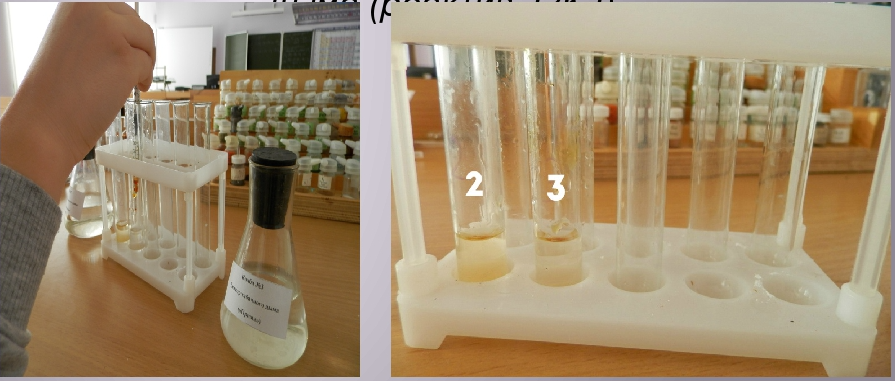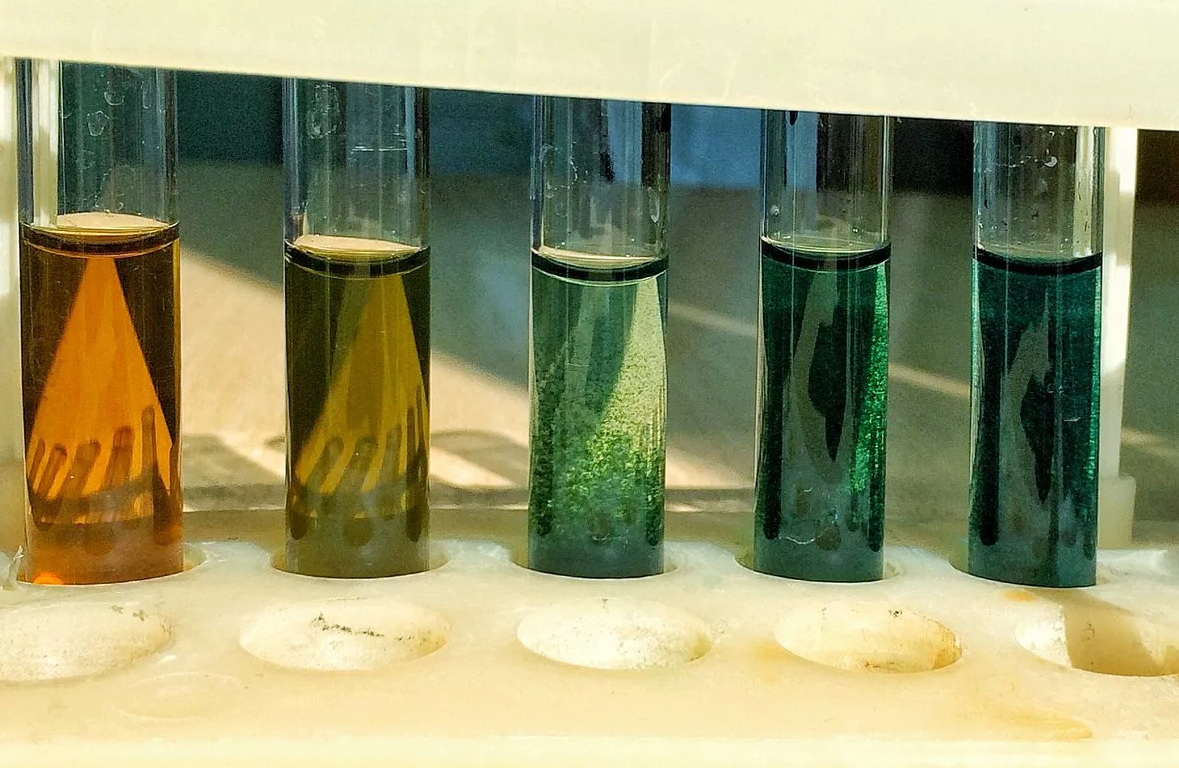In addition to the detection of aluminum in drinking and source water using the methods we introduced earlier, it can also be determined by chrome azurine S spectrophotometry. The minimum detection limit of this method is 0.20ug. If the water sample is 25mL, the minimum detection concentration is 0.008mg/L. The principle is that when the water sample is in the pH range of 6.7-7.0, the aluminum ions in the water react with chrome azure S in the presence of polyethylene glycol octyl phenyl ether and bromohexadecyl pyridine to form blue-green tetrazolium. Metamicelle, colorimetric quantification.
If copper, manganese and iron ions in the water sample interfere with the test results, you can use 1mL of ascorbic acid to eliminate the interference of copper and manganese, and use 2mL of mercaptoglycolic acid to eliminate the interference of iron ions.

Reagents and instruments used for testing
Instruments that need to be prepared
1. The colorimetric tube with stopper is 50mL. It needs to be soaked in nitric acid before use to remove the residual aluminum ions on the colorimetric tube.
2. Acidity meter
3. Spectrophotometer
Reagents to be used
1. Chrome azure S solution (1g/L)
Weigh 0.1 g of chrome azure S and dissolve it in 100 mL of ethanol solution, and mix well.
2. Emulsifier OP solution (3+100)
Draw 3.0 mL of emulsifier emulsifier OP and dissolve it in 100 mL of laboratory first-grade pure water.
3. Bromohexadecylpyridine solution (3g/L)
Weigh 0.6 g of bromohexadecylpyridine, dissolve it in 30 mL of ethanol, and add water to dilute to 200 mL.
4. Ethylenediamine-hydrochloric acid buffer (pH6.7-7.0)
Take 100mL of anhydrous ethylenediamine, add 200mL of pure water, slowly add 190mL of hydrochloric acid after cooling, mix well, if the pH is greater than 7 or pH is less than 6, add hydrochloric acid or ethylenediamine solution (1+2) respectively. Use an acidity meter Make adjustments.
5. Ammonia (1+6)
6. Nitric acid solution
7. Aluminum Standard Stock Solution
Weigh 8.792g of potassium aluminum sulfate and dissolve it in laboratory first-grade pure water, and dilute to 500mL, or weigh 0.500g of pure metal aluminum flakes, dissolve in 10mL of hydrochloric acid, and add laboratory first-grade pure water to a 500mL volumetric flask Constant volume, stored in teflon or polyethylene bottles.
8. Aluminum standard use solution
This solution is prepared as-is, diluted with aluminum standard stock solution.
9. p-nitrophenol ethanol solution
Weigh 0.1 g of p-nitrophenol and dissolve it in 100 mL of ethanol.

Detailed inspection steps
1. Take 25.0mL water sample in the prepared colorimetric tube with stopper.
2. Take another 8 50mL colorimetric tubes, add aluminum standard use solution 0mL, 0.20mL, 0.50mL, 1.00mL, 2.00mL, 3.00mL, 4.00mL, 5.00mL, respectively, add laboratory first-grade pure water to 25mL .
3. Add 1 drop of p-nitrophenol solution to each tube and mix well. Add ammonia water dropwise to light yellow, add nitric acid solution until yellow disappears, and then add two more drops.
4. Add 3.0mL chrome azure S solution, mix well, add 1.0mL emulsifier OP solution, 2.0mL bromohexadecylpyridine solution, 3.0mL buffer solution, and finally add laboratory pure water to dilute to 50mL, mix well After placing for 30min.
5. At the wavelength of 620nm, use a 2cm cuvette with blank reagent as a reference to measure the absorbance.
6. Plot the standard curve. Find out the aluminum content in the water sample tube from the curve.
Finally, the content of aluminum in the water sample was calculated by the formula.



